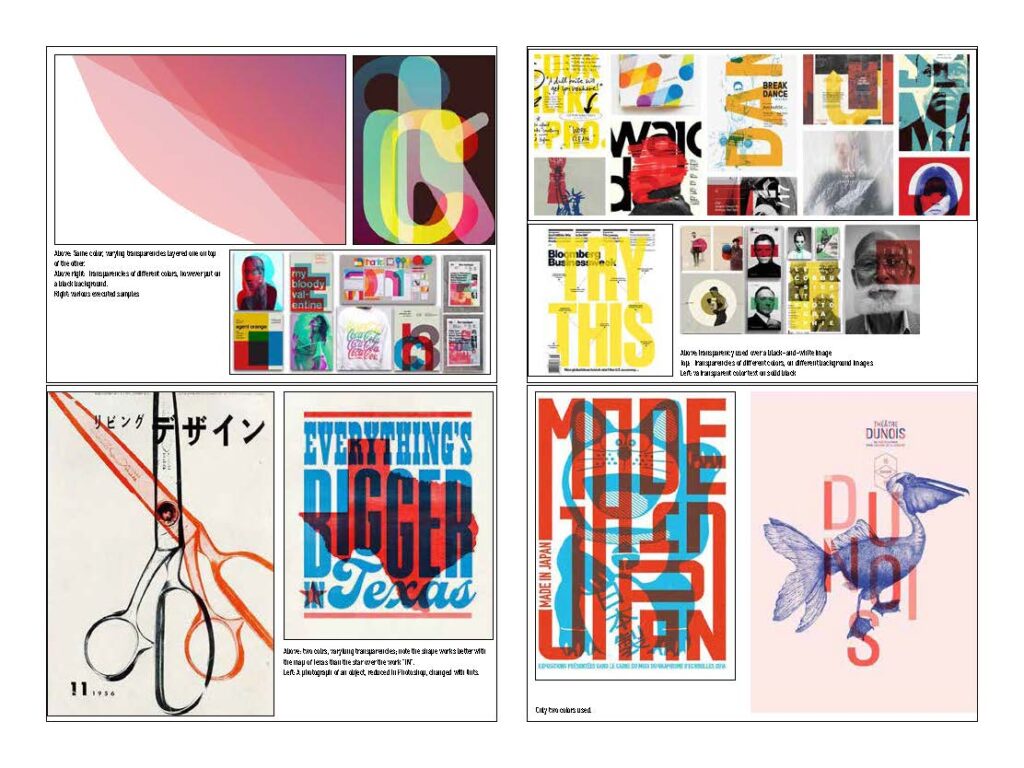Course: COMD 1200 Graphic Design Principles II
Assignment: Two parts – Research and design an oral presentation about a significant designer, followed by creating a tribute poster for that designer.
Background: Design Influencers, initiated in 2015, served as an educational tool for students to learn design history while developing design presentation skills. It originated from the Layout Design project, a standard assignment in the second-semester design course.
Previously, the Layout Design Project involved redesigning a movie poster for a socially relevant film selected from a list. Students would watch the chosen movie, then, through scaffolded assignments, create a poster to master design concepts and techniques.
However, I believed students needed to cultivate an intrinsic design sensibility, the “It” factor. Drawing from my own design school experience, where I didn’t know the creators behind the designs I encountered daily, I introduced the Design Heroes project. Over time, it has evolved into Design Influencers and expanded to span multiple sections of the course.
Personal Reflection: My initial goal in creating this project was for students to connect with designers; to comprehend that design plays a role in everything they interact with daily; how it shapes their lives. I wanted them to realize that designers are behind their experiences and that a creative process realizes the work. I arranged visits for students to the Lubalin Design Center at Cooper Union, exposing them to designers from New York’s golden era of design. The center’s curator displayed original design pieces, which students had previously only seen in books or online. As a generous gesture, the curator extended COMD students a membership to access the center during their active student years.
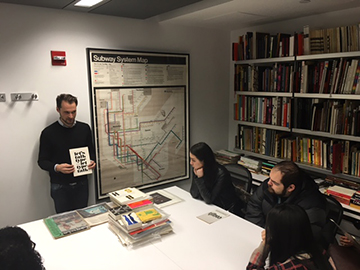
After several semesters, I expanded the list of designers to encompass those outside the traditional canon. I conducted database searches to discover the work of designers who had been overlooked, discriminated against, or forgotten due to their exclusion from the “old boys club” of graphic design. Consequently, the project’s name evolved from Design Heroes to Design Influencers.
Instead of requiring students to choose from a list, I provided them with resources to find designers whose work resonated with them. This experience altered students’ perspectives on design by revealing both the evolution and persistence of the design canon. Importantly, it instilled in them the belief that they, too, could become designers, contributing to the contemporary graphic design canon.
Below, you can view some Design Influencer Presentations from students, though the selection was challenging due to the numerous excellent submissions.
Students were then directed towards creating the design elements for their interactive tribute poster. They initiated the design process by crafting a grid. Subsequently, we delved into topics of color and transparency, with students creating their own transparency color guides for their projects. Following these preparatory exercises, they received the poster specifications.
Displayed below are a selection of the final posters, though it’s worth noting that there were numerous outstanding submissions.
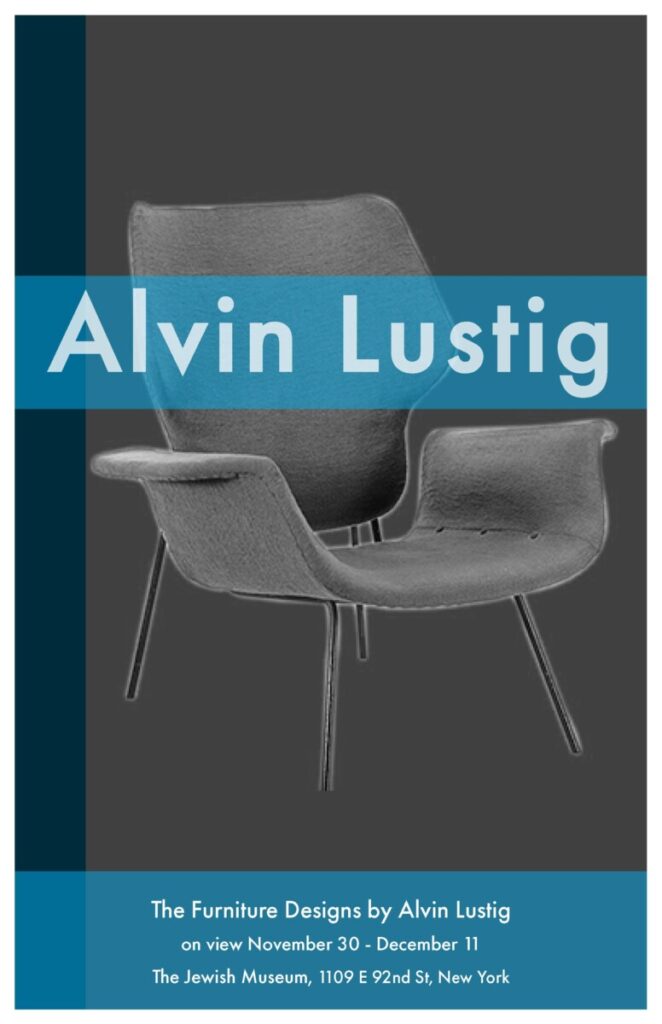


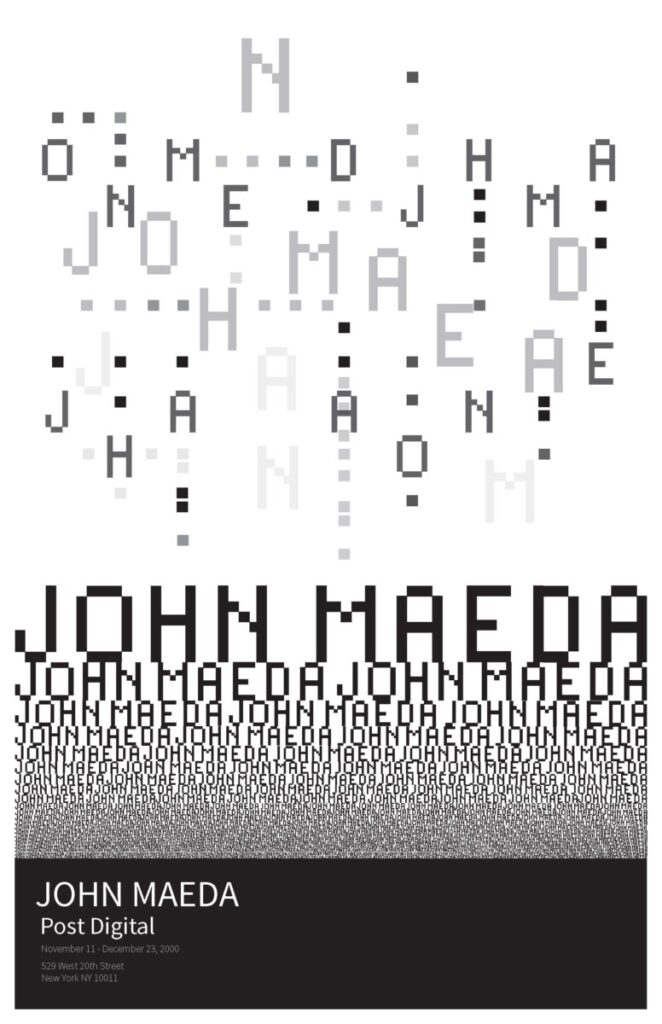
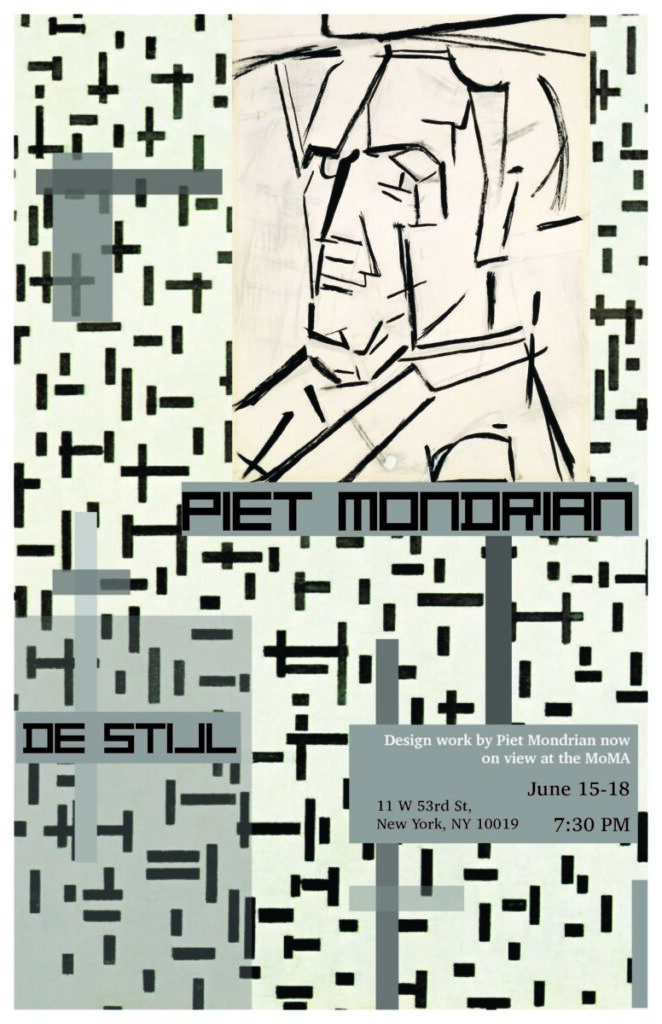
The project didn’t conclude with our section. It was expanded to include other sections and culminated in an exhibition at the Schwerin Library Vitrine.
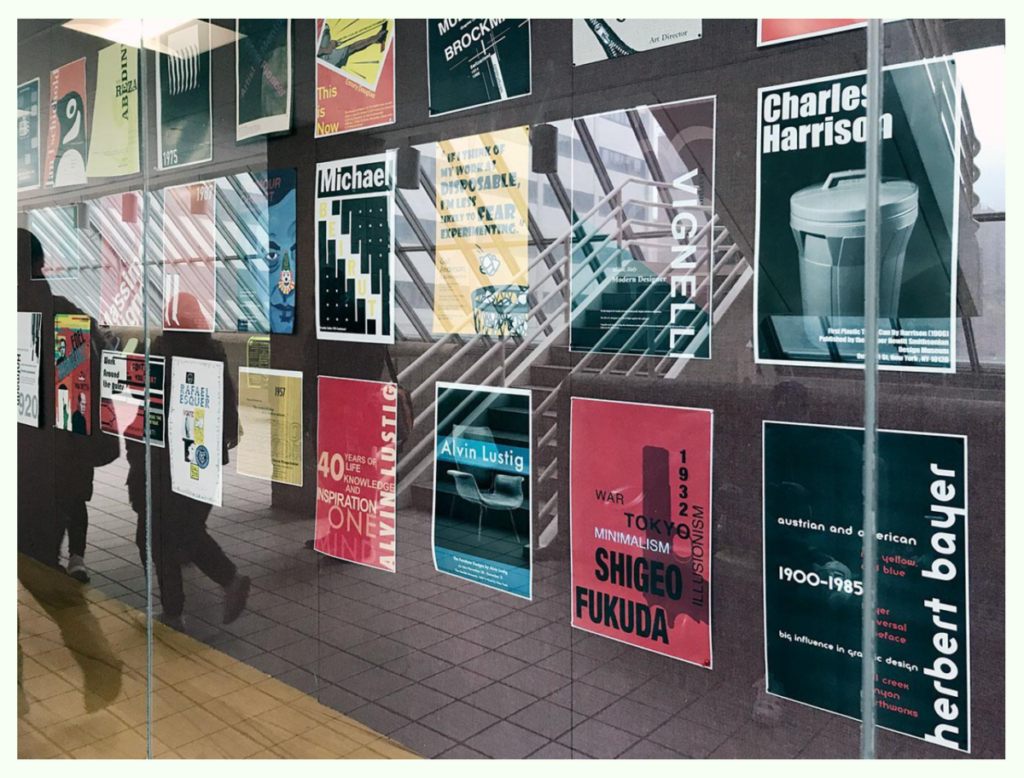
Here’s one of the teaching documents I created for this project, emphasizing the use of transparency to enhance color statements without the need for extra colors.
